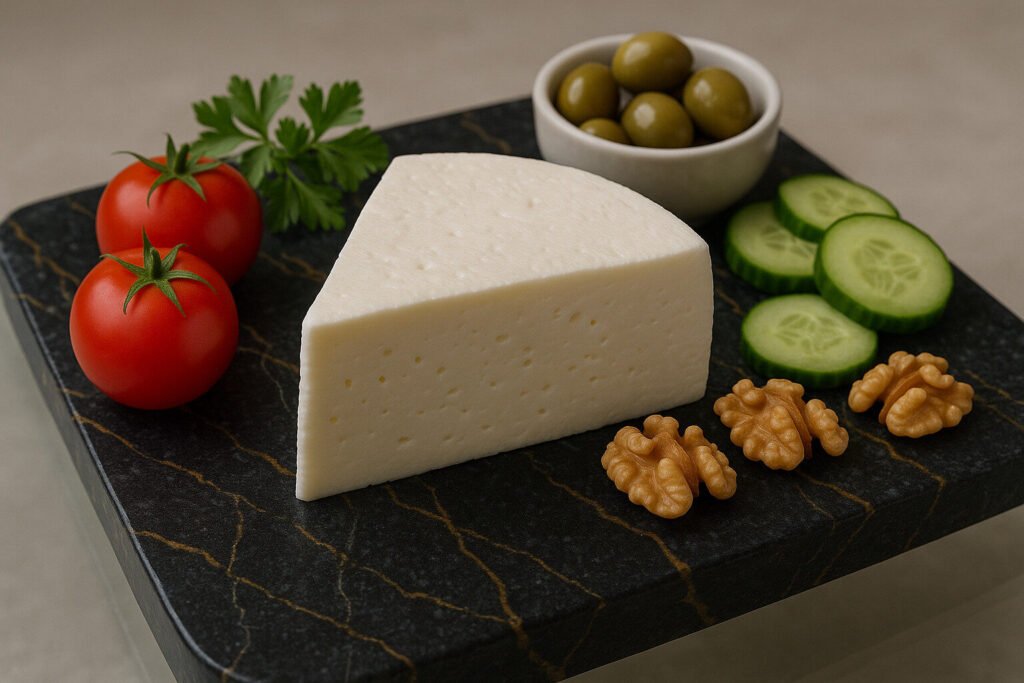Cheese Of The Arab World
Definition and Scope
Cheese of the Arab World encompasses dairy products traditionally made across Middle Eastern and North African countries. These cheeses often utilize sheep, goat, or cow milk, reflecting local pastoral practices. They include fresh, brined, and aged varieties with distinct regional identities.
The category spans from soft, spreadable cheeses like labneh to firm, salty types such as halloumi. Many are preserved through brining or drying, adapting to arid climates. Their production methods have been passed down through generations, maintaining cultural continuity.
Production Techniques
Traditional Arab cheese-making frequently employs brining as a primary preservation method. Milk is curdled using animal rennet or plant-based coagulants like fig sap. The curds are often drained in baskets, giving some cheeses their characteristic shape.
Many varieties undergo repeated pressing and salting during processing. Some, like jibneh, are dry-salted and aged briefly. Others are stored in saltwater brine for months, developing their signature tangy flavor and rubbery texture.
Sensory Profile
Arab cheeses typically exhibit salty, tangy flavor profiles with varying degrees of acidity. Texture ranges from crumbly and dry to elastic and squeaky when heated. Their aromas are generally mild but can develop pungency with aging.
Brined cheeses like feta and akkawi offer pronounced saltiness balanced by creamy notes. Fresh varieties such as labneh provide tart, yogurt-like flavors with smooth, spreadable consistency. Spiced versions incorporate herbs like thyme or nigella seeds.
Culinary Applications
These cheeses serve both table and cooking purposes across Arab cuisine. Brined cheeses are commonly cubed in salads or layered in pastries like fatayer. Grilled cheeses like halloumi maintain their shape when heated, making them ideal for frying.
Fresh cheeses often accompany breakfast spreads with olive oil and za’atar. Aged varieties are grated over dishes or stuffed into meats. Many function as both standalone snacks and recipe components in traditional cooking.
Regional Examples
Lebanon produces string cheese-like jibneh mshallaleh and brined akkawi. Syria is known for its stretchy, mild-mannared cheese used in knefeh. Egypt creates domiati, a salty white cheese aged in brine.
Palestine and Jordan craft nabulsi cheese, flavored with mahlab and mastic. The Gulf region favors processed cheese spreads adapted from traditional recipes. North Africa contributes fresh goat cheeses often seasoned with regional spices.

